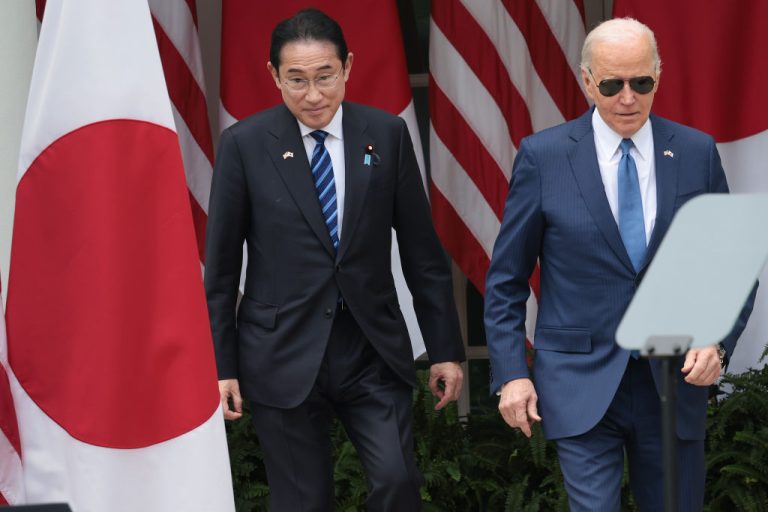On May 29, a Chinese vessel was detained in Malaysia by the Malaysian coastguard, which was believed to have been scavenging for the remnants of two sunken World War II ships. For decades, these shipwrecks have been targeted for their “pre-war steel,” prompting authorities to act.
The ship was detained off the coast of the country’s southern state of Johor on May 28, the Malaysian Enforcement Agency said in a statement on Facebook on May 31. Initially, it was caught for anchoring without a permit. It was manned by a crew of 32 people, most of them Chinese nationals, with some Bangladeshis and a Malaysian. All of the crew were being brought in for questioning, officials said.
Malaysian authorities have traced the Chuan Hong 68 ship back to Fuzhou, where it was registered. Chinese authorities, meanwhile, argued that the ship is chartered by a Malaysian company.
On board the ship, authorities found 100 unexploded artillery shells, al-Jazeera reported. The agency also released photos of rusted scrap metal in addition to cranes and cutting equipment.
“Maritime Malaysia (Malaysian Maritime Enforcement Agency) does not rule out the possibility that this vessel is involved in the theft of old British warship wrecks,” the agency’s statement said.
Success
You are now signed up for our newsletter
Success
Check your email to complete sign up
According to the South China Morning Post (SCMP), a site worker posted a video on TikTok, showing a gun turret being hauled off a barge. Malaysian authorities caught wind of the video, exposing operations being conducted along the Tanjung Belungkor’s mangrove-filled coastline, located between Singapore and Malaysia.
READ MORE:
- How the Tiananmen Massacre Changed China
- Elon Musk Visits China for First Time Since 2019, Received by Foreign Minister Qin
- CCP Hackers Compromised Kenyan Government In 2019 as Belt and Road Debts Soured
Scavenging the scars of war
On Dec. 7, 1941, around the same time as the Pearl Harbor attacks, Japan launched a simultaneous invasion of British-run Malaya.
Japanese bombers were deployed to the Straits of Malacca, where they dropped their payloads on two Royal Navy vessels — the HMS Prince of Wales and the HMS Repulse. The former of the two sustained previous damage engaging with the infamous German vessel Bismarck before being sent to Malaya. Their sinkings marked a humiliating low point for the Royal Navy, during a time of declining colonial rule.
Around 400 ships became underwater tombs for around 15,000 sailors who died during the war. The Prince of Wales and Repulse specifically had a total loss of nearly 850 sailors.
Decades later, these war graves are now the targets of illegal salvaging operations, disturbing the burial sites of lost souls.
The company that the Chinese ship was registered to, Fujian Ya Rui Marine, even advertised their business as “wrecking sunken ships at home and abroad.” The ship had been cruising through the site since December, salvaging scrap before shipping it to the jetty in Tanjung Belungkor.
The BBC wrote that the wrecks were highly coveted for their “rare low-background steel,” also dubbed “pre-war steel.” With its low radiation count, pre-war steel is a valuable resource for use in medical and scientific equipment.
In 2017, Malaysian diver Hazz Zain took photographs of salvage operations conducted by the very same Chinese ship which was desecrating the ship wrecks. She claimed that such operations had gone on since 2012, and informed then-Prince Charles about the condition of the wrecks.
The site of the shipwrecks is well within Malaysia’s exclusive economic zone, despite the many territorial disputes surrounding the South China Sea.
“We are distressed and concerned at the apparent vandalism for personal profit,” Dominic Tweddle, the director general of the National Museum of the Royal Navy, said in a statement after the TikTok video was uncovered.
Beijing’s Foreign Ministry spokeswoman Mao Ning told reporters that they were aware of the case, and the Chinese Embassy in Kuala Lumpur was said to be cooperating with local authorities, asking them to “handle the case justly in accordance with law,” she said.
















